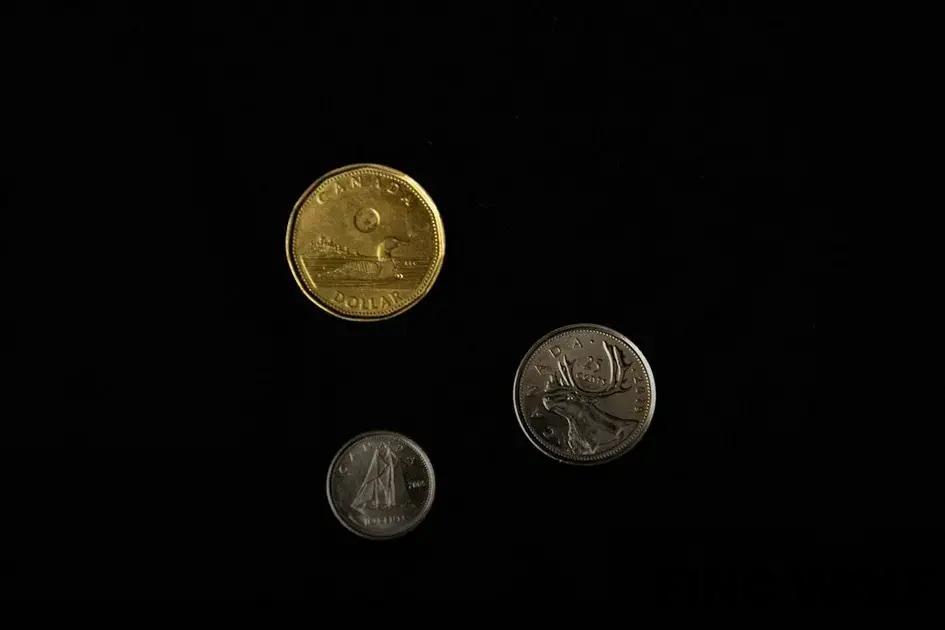Student loan forgiveness can be a crucial relief for graduates burdened with debt. In 2025, there are new dynamics to understand about how it works, which is essential to make informed financial decisions. Our guide covers the basics, eligibility criteria, application process, and potential benefits and drawbacks. Stay informed and prepared to optimize your financial future.
Understanding the Basics of Student Loan Forgiveness
Student loan forgiveness can significantly reduce the amount of debt that students need to repay. Understanding how it works in 2025 requires knowing the core principles behind it. The main concept is that specific conditions allow part or all of a student loan to be forgiven or canceled, meaning the borrower is no longer obligated to repay that portion of the loan.
Different programs offer forgiveness based on criteria such as public service, teaching, or income-driven repayment plans. Each of these programs has distinct eligibility requirements, which borrowers must meet to benefit from forgiveness. For instance, Public Service Loan Forgiveness (PSLF) is particularly tailored for individuals working in government or nonprofit jobs.
Borrowers should be aware of the types of loans eligible for forgiveness. Typically, federal student loans are more likely to qualify than private loans. It’s also essential to know the specific conditions under which forgiveness would apply. Some programs might require borrowers to make a set number of qualifying payments under a certain repayment plan.
Navigating these basics ensures that borrowers understand what steps to take and what options are available. This knowledge is crucial as it could potentially save thousands of dollars and aid in financial planning. Always stay informed about any changes to legislation or guidelines that might impact these programs as policies might evolve.
Eligibility Criteria for Student Loan Forgiveness

To qualify for student loan forgiveness in 2025, certain conditions must be met. First, it’s crucial to understand the different programs available. The Public Service Loan Forgiveness (PSLF), for instance, requires borrowers to be employed full-time by a qualifying government or nonprofit organization. Additionally, 120 qualifying monthly payments must be made under a qualifying repayment plan.
Income-Driven Repayment (IDR) plans also offer loan forgiveness after 20 or 25 years of qualifying payments, depending on the program. It’s important to remain in good standing on these plans and to recalculate your income and family size annually to stay eligible.
Qualifying Loans
Most loan forgiveness programs cover Direct Loans. Perkins Loans and Federal Family Education Loans (FFEL) may qualify if consolidated into a Direct Consolidation Loan. Confirm with your loan servicer to ensure your loans are eligible.
Employment Requirements
For programs like PSLF, maintain qualifying employment throughout the repayment period. Employment at government organizations, non-profits, or other qualifying entities typically meets this criterion.
Check all loan and employment statuses regularly. Staying informed about changes in eligibility criteria is crucial, as policies may evolve.
Application Process for Loan Forgiveness in 2025
The application process for loan forgiveness in 2025 is crucial for borrowers seeking relief. First, ensure you understand the type of forgiveness program you are applying for, as different programs have different requirements. Gathering all necessary documents beforehand is essential. This includes your loan information, proof of income, and any other relevant financial documents.
Once you have all the necessary documentation, proceed by visiting the official student aid website. Here, you’ll find the application forms and additional guidelines. Pay close attention to each section and fill out the forms carefully. Errors can result in delays or rejection of your application.
After submitting your application, keep track of your application status. Check your email regularly for any updates or additional requests for information from loan servicers. Remember, persistence and organization are key throughout this process.
Finally, consult with a financial advisor or your loan servicer to ensure you meet all post-application requirements. By following these steps, you’ll improve your chances of successfully reducing or eliminating your student loan debt in 2025.
Potential Benefits and Drawbacks of Loan Forgiveness

One of the primary benefits of student loan forgiveness in 2025 is the financial relief it offers to borrowers. Forgiving student loans can ease the financial burden, allowing individuals to allocate funds to other essentials, such as housing or retirement savings. Another benefit includes encouragement to pursue public service jobs, as many forgiveness programs are linked to public sector employment. This can lead to a more qualified workforce in critical areas such as education and healthcare.
However, there are drawbacks to consider. The tax implications for forgiven amounts can result in a surprising tax bill for borrowers. It’s important to understand if the forgiven amount will be considered taxable income under current regulations. Additionally, there’s a possibility that forgiveness programs might lead to rising tuition costs as colleges anticipate government intervention.
Furthermore, the process of qualifying for these programs can be complex and difficult to navigate. Borrowers may face challenges in fulfilling the requirements, or the waiting period might be prolonged, causing stress and uncertainty.
It’s crucial for potential candidates to conduct thorough research and weigh the pros and cons before deciding on pursuing loan forgiveness. Understanding these aspects can ensure that borrowers are making informed decisions that align with their long-term financial goals.





